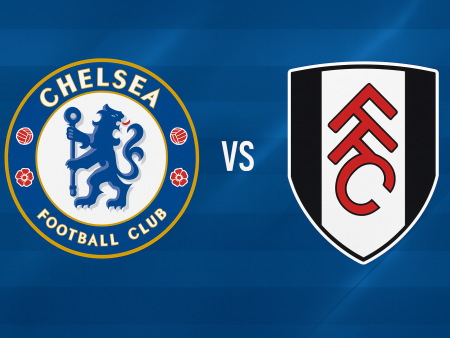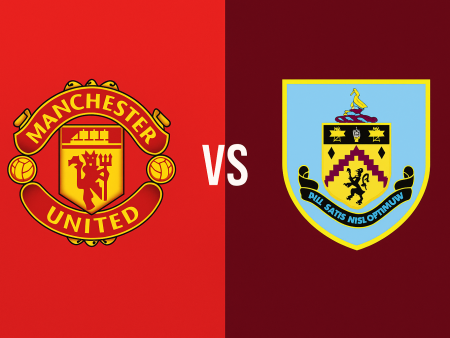Why Dodgeball Is the Ultimate Game for Kids: Skill-Building, Strategy, and Inclusive Fun
Creating activities that engage children based on their evolving interests is both an art and a science for program facilitators. Over the years, I’ve discovered that tuning in to what excites kids at any given time leads to more meaningful connections and more authentic engagement. While last season may have been dominated by trips to the playground, lately, dodgeball has taken center stage with an enthusiasm I can’t ignore.
Listening to Kids: Evolving With Their Passions
Every group of children brings different styles, interests, and energy to a program. For months, playground games were the highlight. Then, almost overnight, dodgeball became the go-to request. As facilitators, adapting to these preferences not only keeps the experience fresh, but ensures kids are invested in their own fun and development. Prioritizing child-led interests transforms activities from routine to remarkable, turning every session into an opportunity for connection and growth.
The Value of Risk and Challenge in Play
Admittedly, I wasn’t always a fan of dodgeball. I initially viewed it as a risky choice, with concerns about safety outweighing potential benefits. However, embracing calculated risk can lead to tremendous developmental gains. Dodgeball helps children assess their boundaries, learn resilience, and develop the coping skills they’ll need later in life. It’s a space for kids to stretch their comfort zones-safely-and discover personal strengths along the way.
Strategic Teamwork: More Than Just Throwing Balls
To keep dodgeball engaging and maximize participation, I’ve experimented with various adaptations and spin-offs. Traditional “elimination-only” versions don’t tend to foster ongoing excitement, so we play dynamic alternatives that boost team involvement and strategic thinking.
Two of our favorites-Bench Ball and Doctor Dodge-are more than just physical games. They require participants to huddle for pre-game strategy, plan collective moves, and assign roles that make every child essential to the outcome. For example, in Double Doctor Dodge, we designate two “doctors” whom the team protects and whose identities remain secret from opponents. This version promotes teamwork on a granular level: when someone gets hit, the entire group rallies together, shielding and encouraging their teammates. Bench Ball, on the other hand, is won by working to move all players onto the opposition’s bench through a series of strategic decisions about timing, movement, and calculated risks. Both games add layers of complexity and foster a culture of collaboration, communication, and trust.
- Pre-game strategy sessions engage everyone in planning and role assignment.
- Variants like Double Doctor Dodge and Bench Ball reward critical thinking and real-time decision-making.
- Games are adapted for maximum participation to avoid long periods of exclusion.
Building Confidence, Connections, and Competence
The beauty of regular dodgeball sessions is the transformation that occurs in both individual participants and the group as a whole. Instead of asking “What’s for snack?” most kids now burst through the door eager to ask, “Can we play dodgeball?” Participation rates routinely hit 75-90 percent, and the field is lively with everyone from first graders to youth volunteers.
What stands out most is the inclusivity of the activity. Younger children often take on pivotal roles-like “doctor”-where agility and quick thinking trump sheer strength. Older kids are challenged to adapt and interact with peers they might not usually connect with, forging new friendships and deepening mutual respect. Over time, children develop and refine their physical skills-throwing, catching, dodging-but just as importantly, they build confidence in their own progress.
- Dodgeball develops abilities in children of all ages and physical profiles.
- Repeated play fosters improvement in athletic and cognitive skills.
- Children gain self-assurance and resilience through visible personal growth.
Beyond the Game: Lasting Life Skills
What makes dodgeball such a powerful tool in any group setting isn’t just the physical exercise it provides. It’s the holistic skill set children acquire through play: resilience, effective communication, cooperative planning, empathy, and strategic thinking. These skills translate far beyond gym walls, preparing kids for academic, social, and personal challenges in the years ahead.
For facilitators who might still be hesitant about including dodgeball in their programming, know that thoughtful rule modifications, emphasis on teamwork, and strategic layering can transform the game into an incredibly positive experience for everyone. Regular dodgeball sessions become more than just a time-filler-they become a unique, anticipated highlight where learning and laughter go hand in hand.
Conclusion: Why Dodgeball Deserves a Place in Every Program
By embracing children’s interest in dodgeball and intentionally designing variants for engagement and growth, facilitators create environments where kids thrive. Participants strengthen friendships, stretch their skills, and develop confidence. The game’s inherent flexibility and capacity for teamwork, combined with the thrill of play, make dodgeball an unrivaled choice for children’s programming.
If you’re considering which group activities to prioritize, give dodgeball a chance-tailor it to your community and watch as kids discover new abilities, friendships, and confidence on and off the court.













